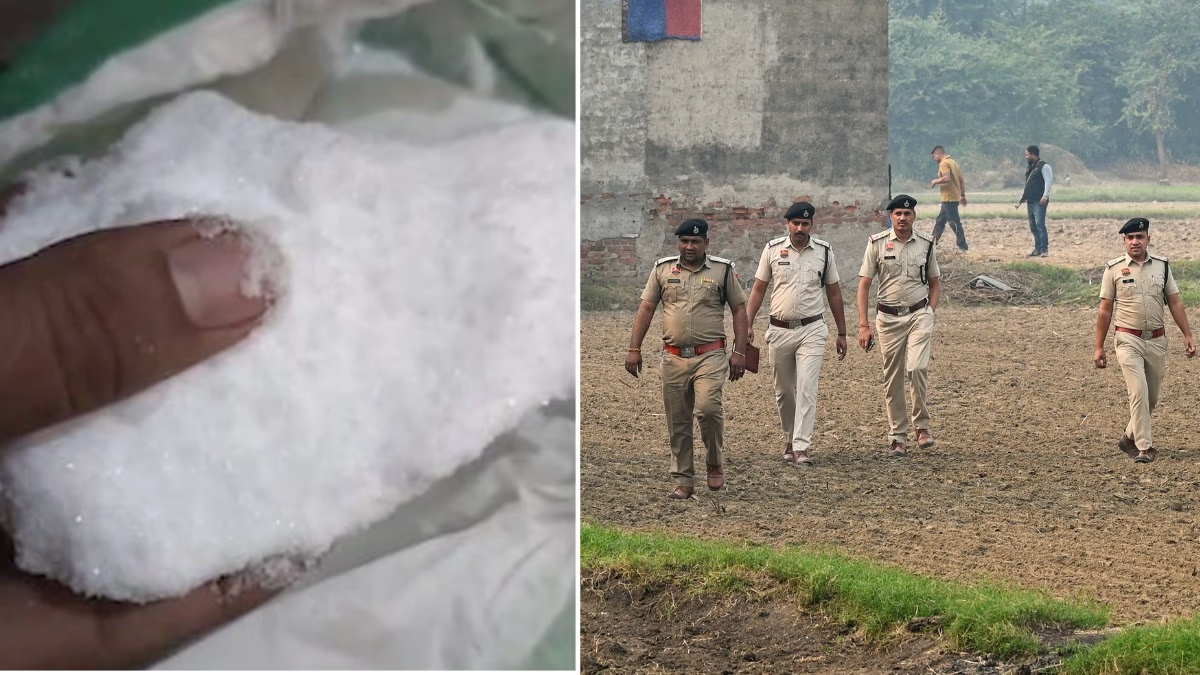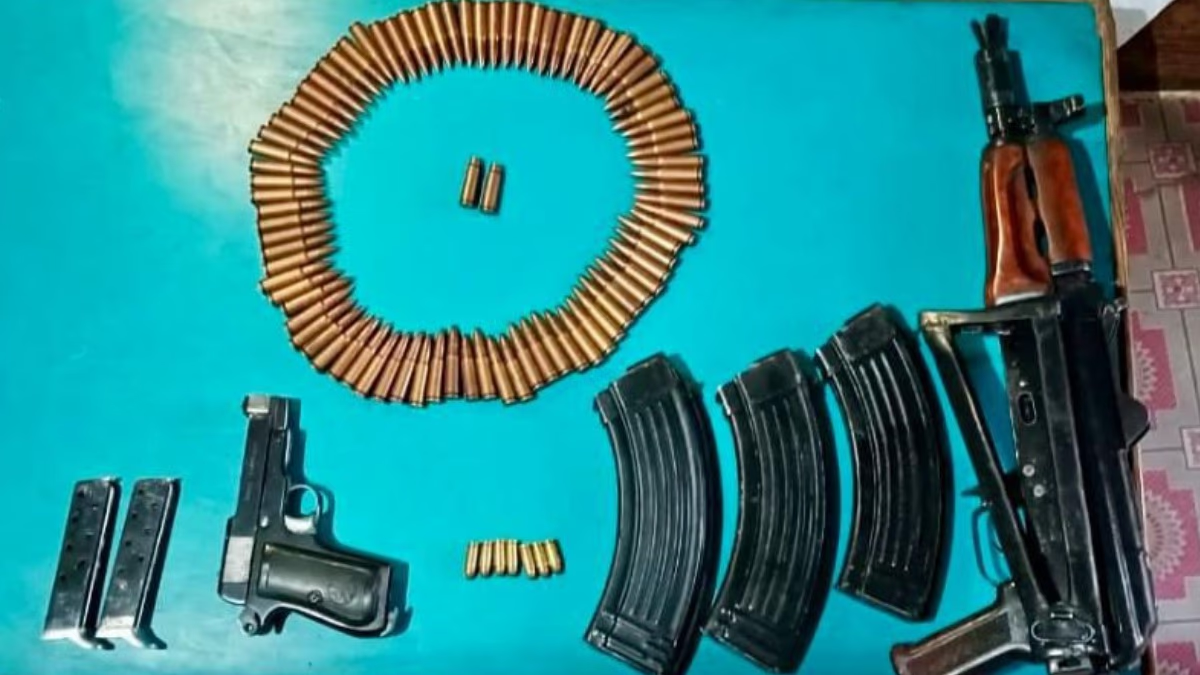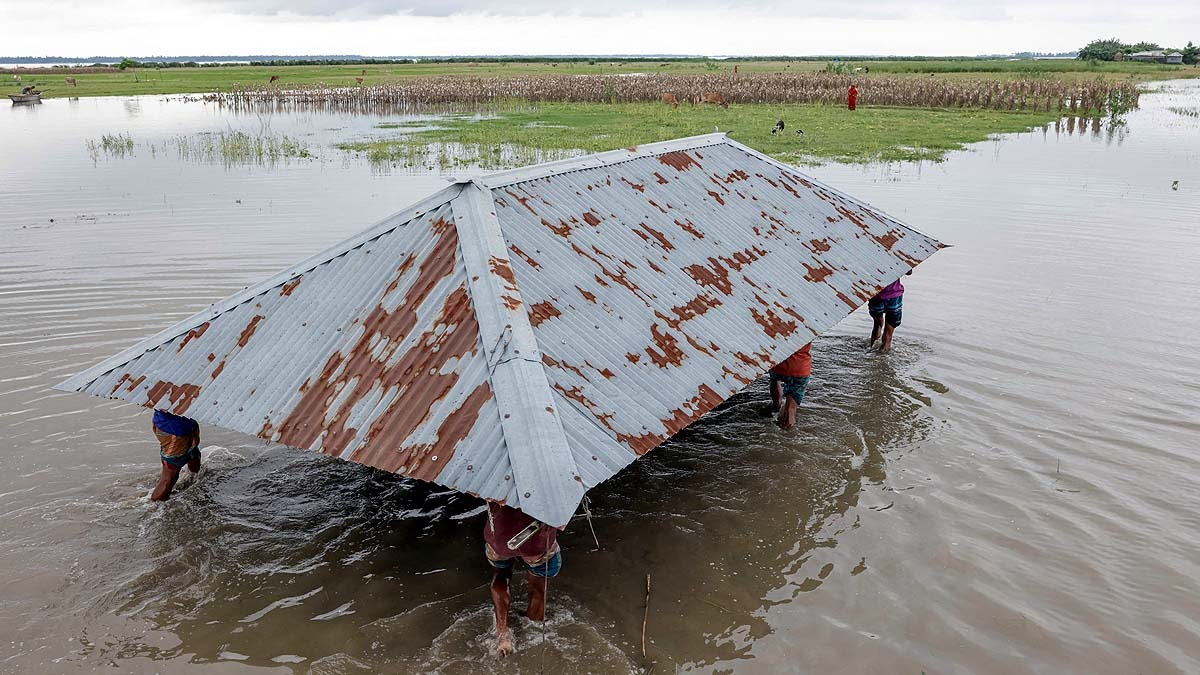A significant terrorist plot to disrupt Delhi-NCR has been foiled. The police uncovered more than 2900 kilograms of ammonium nitrate in Faridabad's Fatehpur Taga area. This is the same chemical that has been used in several major blasts in India.
Investigations reveal that such a large amount of ammonium nitrate could have been used to manufacture hundreds of potent Improvised Explosive Devices (IEDs).
Why is Ammonium Nitrate Dangerous?
Ammonium nitrate appears as a white, powder-like chemical commonly used in fertilizers. However, in the wrong hands, it transforms into a hazardous explosive.
When combined with a detonator, battery, and timer, it becomes a lethal bomb. This method is also used to create pressure cooker bombs or local IEDs.
Notable Blasts Involving Ammonium Nitrate
According to police records, ammonium nitrate was used by terrorists in the serial blasts in Delhi in 2008. It was also found in the explosions before the 2010 Commonwealth Games and the 2011 Mumbai market blast.
In the Delhi serial blasts of 2008 (September 13, 2008), at least 25 people were killed and over 100 injured. Two were wounded in the Jama Masjid attack before the Commonwealth Games, and 23 people died in the 2011 Mumbai market explosion.
Why do Terrorists Prefer This Explosive?
Local terrorist modules often use ammonium nitrate because it is readily available as a fertilizer and inexpensive. With precise mixing and timing, it can produce a massive explosion, which is why police and intelligence agencies are always on high alert.
Insight from Former UP DGP Brij Lal on Explosive Finds Across the Country
Arvind Ojha, an Aaj Tak correspondent, engaged in an insightful conversation with retired UP DGP Brij Lal to understand the implications of such a large cache of ammonium nitrate being discovered.
Question:
What is being reported about the nature of the seized materials from Faridabad?
Answer:
The seized amount is reported to be approximately 2900 kilograms, primarily consisting of ammonium nitrate.
Question:
What level of devastation could result from such a quantity of ammonium nitrate?
Answer:
Such a volume could orchestrate immense destruction. Around 400 to 450 powerful IEDs could be crafted from 2900 kilograms—capable of launching large-scale attacks.
Question:
Is this material believed to be linked with any specific organization?
Answer:
Yes, it appears to be connected to the Indian Mujahideen, which can be considered the Indian incarnation of Lashkar-e-Taiba. I have extensively worked on this during my tenure as the founding chief of ATS Uttar Pradesh and my four and a half years in STFs, ATS, and the crime wing, which gives me insight into their methods and training.
Question:
How did Indian Mujahideen utilize ammonium nitrate, and where did they train?
Answer:
Indian Mujahideen adopted methods to make bombs using local materials, with their training occurring in Muzaffarabad, at Hafiz Saeed's headquarters. There, they were taught how to manufacture bombs from local materials, with trainers often active in nearby areas such as Pilkhuwa.
Question:
What is ammonium nitrate, and how is it obtained?
Answer:
Ammonium nitrate is a white powder typically used in fertilizers. In terrorist parlance, it is called 'white powder' due to its easy availability, allowing it to be transformed into an explosive without specialized procedures.
Question:
What types of explosives have been made using ammonium nitrate—any specific model or method?
Answer:
IEDs or cooker bombs can be made from ammonium nitrate. The Indian Mujahideen's Azamgarh model in Uttar Pradesh taught locals how to mix ammonium nitrate with other materials to create IEDs. Initially, cycle bombs, tiffin boxes, or bags filled with explosives were used to cause harm in markets. In some cases, RDX or raw materials were incorporated.
Question:
What is the history of such modules and usage—are there any past incidents you've referenced?
Answer:
Indian Mujahideen repeatedly utilized ammonium nitrate in the Jaipur blast, Ahmedabad blast, Mumbai's serial train blast on July 26, 2006, incidents before the Batla House encounter around September 19, 2008, and court blasts in Uttar Pradesh in Lucknow, Ayodhya, and Faizabad. On Dhanteras, October 29, 2005, ammonium nitrate was also used. These examples demonstrate its application.
Question:
Is only ammonium nitrate used, or have other substances also been mixed?
Answer:
Occasionally, RDX or hydrogen peroxide has been mixed with ammonium nitrate. For example, hydrogen peroxide was used in the Sheetla Ghat blast. In some modules, materials like dynamite, leaked from mines, were found, leading to mixed explosive compositions.
Question:
Does this seizure indicate a larger conspiracy underway?
Answer:
Yes, it seems so. Previous blast incidents in the hinterlands that prompted action now appear to demonstrate the organizations' intent to make their presence known. It is my understanding that this was part of a larger strategic plan, timely intercepted by agencies. This must be taken seriously as it might have been preparation for a major event.
Is it a Local Module or an Indication of International Connections?
Answer:
Both are possible. Ammonium nitrate is a local material, so local terror modules use it to deflect suspicion from foreign countries. However, if a significant material like RDX is found, there is a suspicion of international or external connections. In Uttar Pradesh, cases sometimes involved Bangladesh-based groups or materials procured from abroad.
How Can We Stay Alert?
Answer:
We must remain extremely cautious. Discovering such a large amount of explosives is worrisome in itself. Government and security agencies must conduct thorough investigations to ensure this was not preparation for a significant incident, and all networks must be tightly controlled. I believe this could have been part of a substantial conspiracy, necessitating heightened vigilance.




